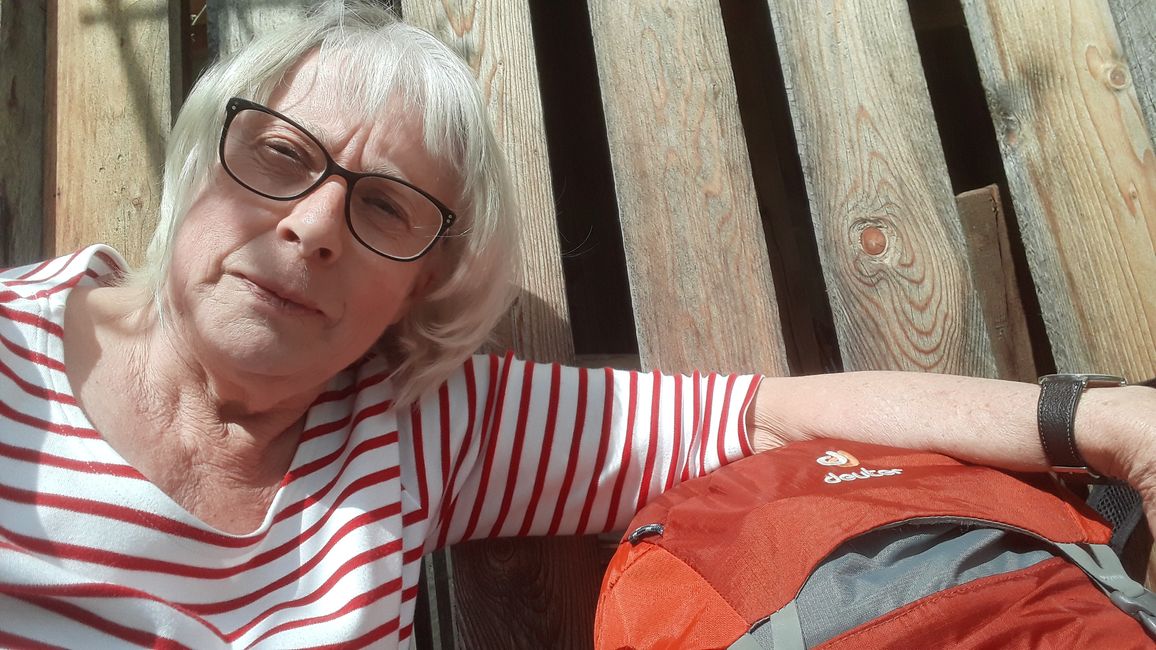17. Tag Assisi: the Basilica San Francesco
La daabacay: 30.04.2024
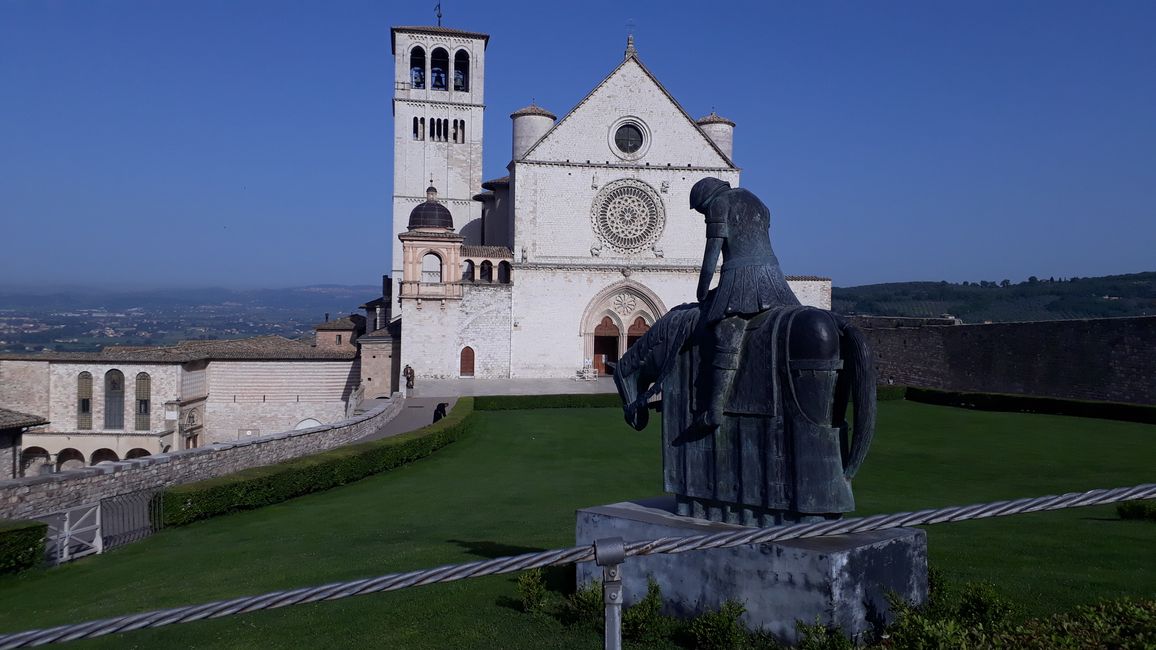
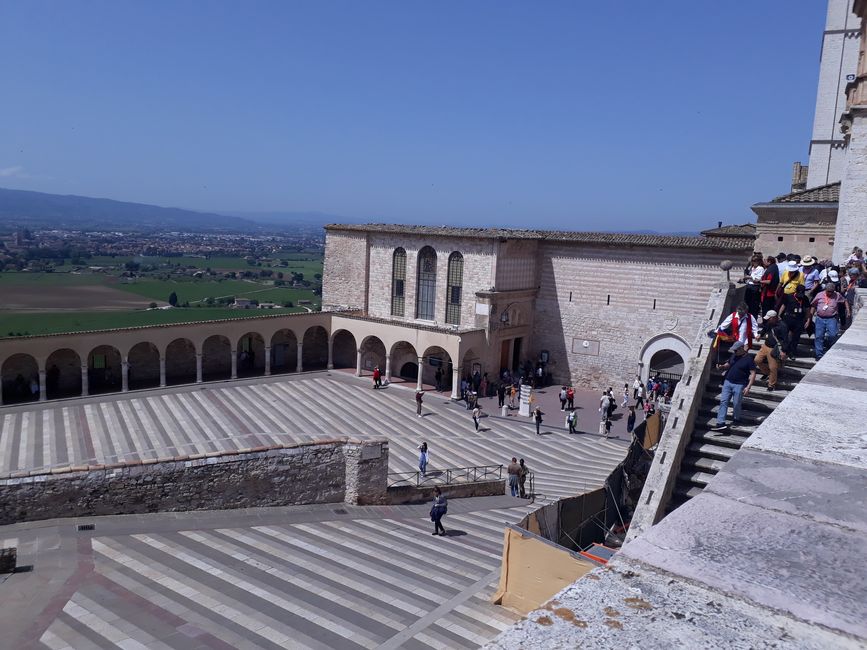
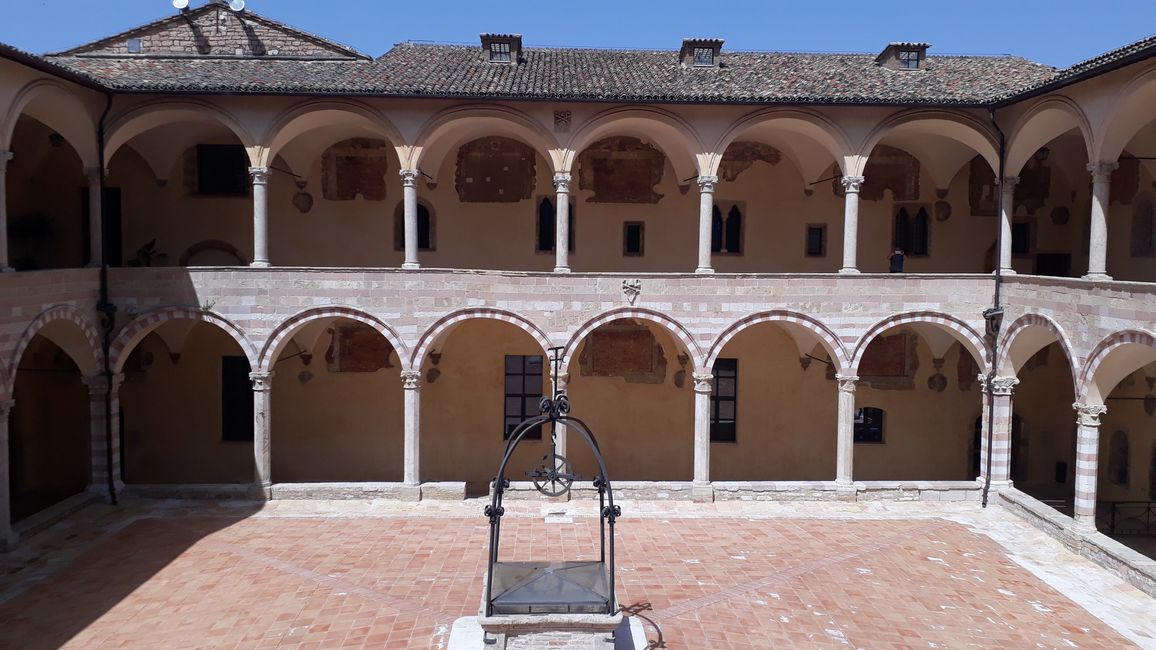
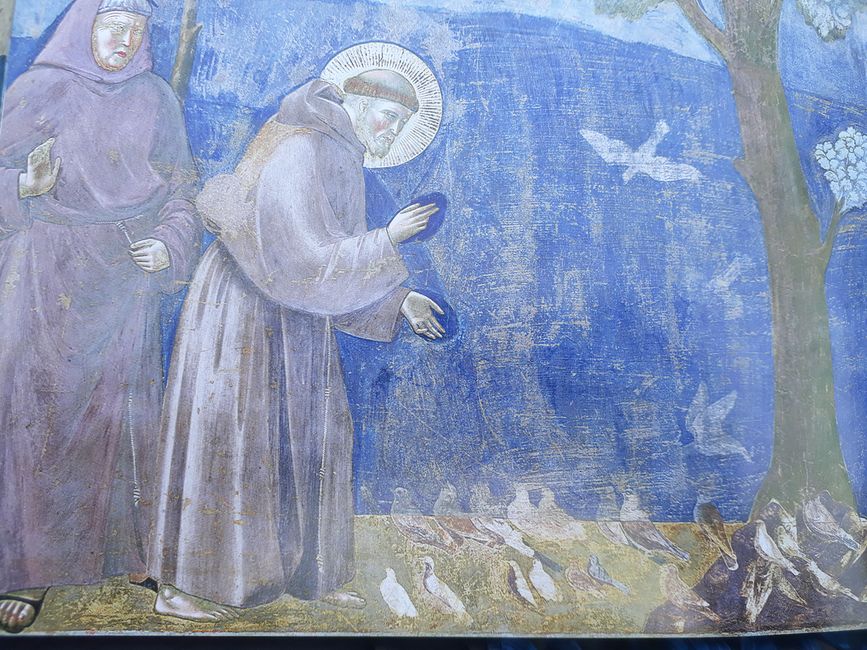
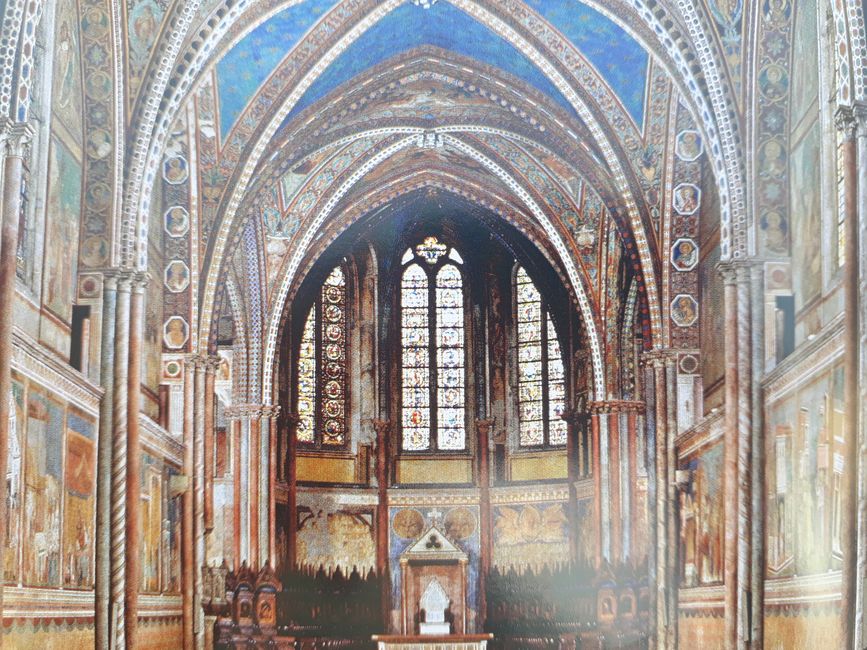
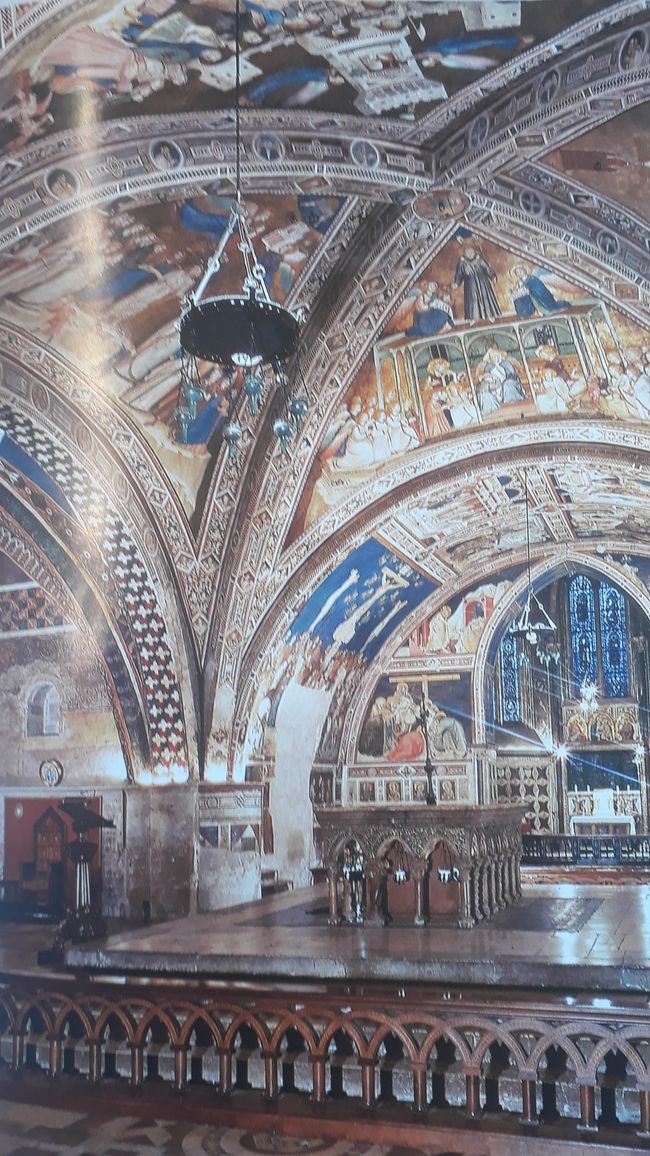
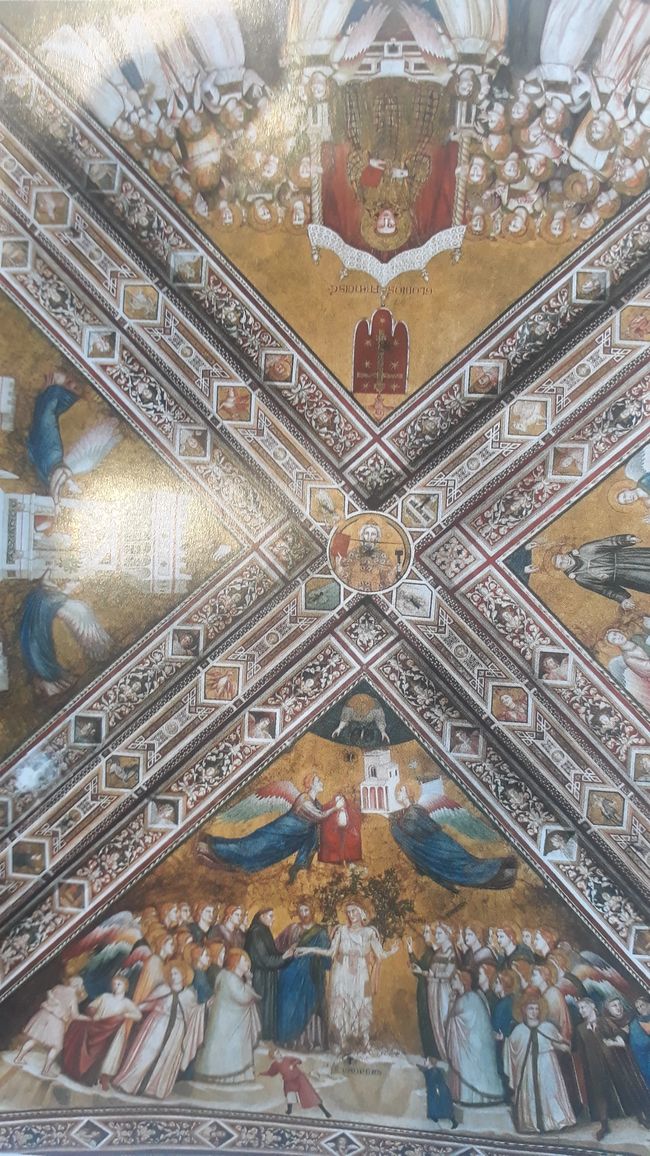
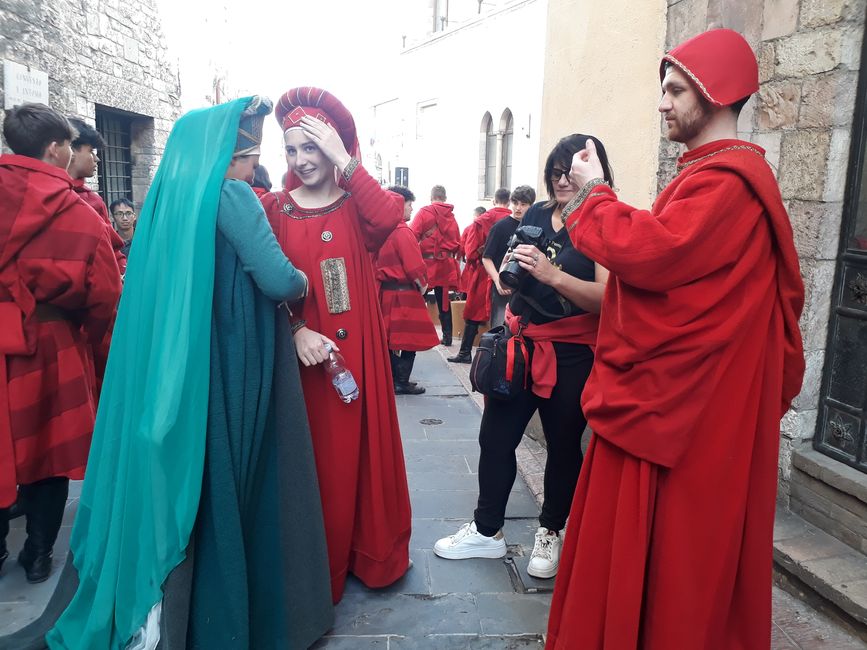
Ku biir Wargeysyada
Anyone who comes to Assisi should try to get a guided tour from the German brother Thoms Freidel PFM Conv. Not only can he give excellent information about the cultural peculiarities of the basilica, his classification in a religious context is absolutely worth listening to. I will quote a small excerpt here:
The life of Francis
Son from a wealthy family, impending career as a knight, imprisoned in war and suffering a serious crisis of meaning. In this situation, Francis has a profound experience. He strips naked in front of his father, rejects his inheritance and goes into absolute poverty. He is concerned about the state of the church community and sees himself faced with the task of reforming the church from within.
The starting points of his Christian interpretation:
One can only approach the deeper meaning of existence through creation, the poor and the marginalized.
Poverty means not acquiring anything, neither wealth nor power.
All people have equal rights.
Love always requires freedom. God's love for man therefore also includes the ability to decide against him.
The message of the gospel must be spread, but this cannot be done by force. Turning to God can only happen voluntarily and with inner conviction.
Francis spent the last two years of his life mainly in La Verna, where he received the stigmata (the wounds of Christ) in 1224. In 1226 Francis died in the Portincula Chapel (now part of the Basilica of Santa Maria degli Angeli).
Francis and his role in the Church
Just two years after Francis' death and his canonization, Pope Gregory IX had the late Romanesque Church of the Holy Sepulchre built in Assisi, where the body was transferred. A few years later, the first biographies of Francis appeared, which also reported on the stigmata.
The existence of the stigmata is considered certain, there are numerous witness accounts. How they came about is of course something we can speculate about. Francis himself has never commented on this.
Along with Mary, Francis is considered the most important saint of the Catholic Church. Through his consistent life according to the Gospel, he became an archetype and through his revolutionary interpretation of Christ's teachings, he became a role model for many Christians. Even during his lifetime, religious orders were formed throughout Europe with several thousand monks who lived according to his rules.
His commitment (1219) to peace during the Crusades is considered extraordinary. Even though his efforts to bring about peace were unsuccessful (as were his efforts to proselytize), Francis made a strong impression on the Sultan of Egypt (himself an educated and peaceful ruler). The meeting is mentioned in various oriental writings.
Who owns the basilica?
Along with Jerusalem, Rome and Santiago de Compostelo, Assisi is one of the most important spiritual centers of the Catholic world.
The ownership of the monastery and the basilica in Assissi is not legally clear: Do they belong to the state or to Rome? In 1927, it was agreed to leave this question unanswered. Since then, the monks have been responsible for maintenance and use, and in difficult situations (such as after the 1997 earthquake) the state helps. This means that there is no admission charge anywhere. The preservation is ensured by donations.
Art treasures in the basilica
The crypt and upper church are completely covered in frescoes. The 1997 earthquake caused two vaults of the Gothic upper church (which was built over the crypt) to collapse. 300,000 pieces of the ceiling frescoes were brought to safety, meaning that 80% of the frescoes could be restored.
The church has already experienced 25 earthquakes. Miraculously, the preciously painted glass windows in the upper church were never destroyed; the lead glazing probably caught the wind. Incidentally, these are the first glass windows to be made in Italy based on the French Gothic model.
The crypt (the lower church), the upper church and the museum contain extraordinary art treasures. These include the cycle of paintings in the crypt about the life and theological classification of Francis' messages by an as yet unknown artist (created around 1250). And there are the frescoes by Giotto from the early 14th century, as well as the most famous picture of Francis, painted by Giotto's teacher, Cimbue (ca. 1279). Giotto's frescoes are the first in Italian art to reveal depth and are considered a precursor to central perspective (as was later the case with Michelangelo).
The floor of the crypt was lowered around 1300 and the chancel was repainted. Today, the room is perceived as an independent church space.
Tomb of Francis
In the lower church (the original crypt) is the burial altar, with the saint's grave underneath. After 600 years it was uncovered and another crypt was created. The stone sarcophagus has been open to the public since 1818.
The grave, says Thomas Freidel, is merely a place of farewell, because this grave, like every other grave, has been a place of passage into a new reality, into eternal perfection with God since the resurrection of Christ.
Ku biir Wargeysyada
Jawaab
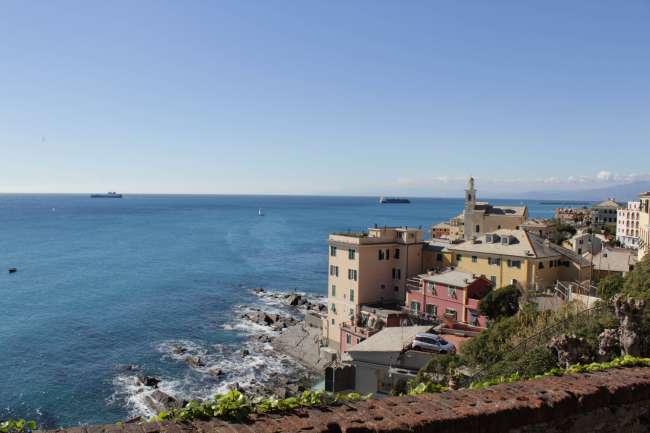
Warbixinaha safarka Talyaaniga

